(March 26, 2023) Science and art have been as different as chalk and cheese for centuries now. If one is based on facts and logic, the other plays with creativity. But Priyanka Das Rajkakati is one of those rare people who is enjoying the best of both worlds by being a space scientist and an artist. In February 2022, the 30-year-old saw her artwork go into space as a part of the Moon Gallery Project. “The key point of the project was to send a small gallery to the Moon to remind people not to forget the cultural aspects of their existence; It was a technological challenge for artists to fit their work into something so tiny as a one-centimetre cube,” she said.
Organised by Moon Gallery Foundation, the Moon Gallery Project is a prototype test payload with 65 tiny artworks (10x10x1 centimetre) by artists from across the globe that took off to space.

Priyanka Das Rajkakati is a space scientist.
This Global Indian, who has made it to the Forbes 30 Under 30 list, for her work in science and innovation is one of the most promising scientists in the field of space. But Priyanka took a while to find a balance between the two things that she loves the most to reach the top.
Torn between science and art
Originally from Assam, Priyanka grew up in Delhi and had her heart both in science and art. If the colours and designs fascinated her, she was equally captivated by the stars and the moon. It was hard for her to choose between the two as she loved them equally. So, when she decided to graduate, Priyanka found herself in a fix. While she did graduate in Physics from St Stephens College, she had almost come close to studying product design at the National Institute of Design, Ahmedabad. She did attend NID for a month but something gnawed within her. She was unable to shut down her equally strong calling for science, so she left her creative journey to jump onto the bandwagon of science.
After completing her graduation, she moved to France at 21 to explore new horizons, learn a new language and eat French food. In between, she joined Ecole Polytechnique in France where she did a double master’s in Artificial Intelligence and Aerospace Engineering.
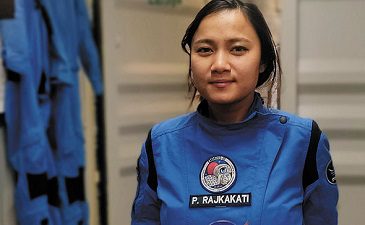
Priyanka Das Rajkakati is a space scientist and an artist.
Dreams of entering the space
Priyanka, who was always interested in space, knew that her next step toward her dream was a degree in Aerospace Engineering for which she enrolled in the ISAE-Supaero.
This helped her bag an assignment to work for the satellite navigation wing of Rafale Fighter Jets of France. While pursuing her Ph.D., she contributed her expertise in satellite navigation for the French Defence Company, Safran. Not just this, she even constructed a micro-satellite in Paris. In 2018, she added another feather to her cap by becoming the ambassador of ‘For Girls and Science’ to inspire scientists of the future. Talking about the initiative, she said, “As part of the programme, we meet middle school and high school students, and through talks and presentations, we try to clear the misconceptions about scientists and women in science.”

Priyanka Das Rajkakati experiencing zero gravity.
The very next year brought another opportunity as she became one of the youngest women of Indian origin to be selected for the fifth edition of Homeward Bound, a global initiative that conducts leadership expeditions for women in science to Antarctica. A stepping stone to her dream of being an astronaut, the programme provided her with the perfect training. Priyanka, who dreamt of exploring space, soon co-founded The Exploration Company which develops and operates Nyx, a modular and reusable vehicle that can be refuelled in the orbit and carries cargo.
Very moved to share this first image of our gallery on the @Space_Station – 65 artworks (incl. mine – and hand-drawn so some of my skin-cells are now in space?!)
Congrats and thanks to the team, the artists and @Nanoracks !+: https://t.co/JtOcHfStU4#spaceart #spaceexploration https://t.co/MmJzbvz0G8
— Priyanka D. Rajkakati 🚀 (@PriyankaSpace) March 7, 2022
Artwork in space
The scientist is also an artist who explores the art-science harmony through exhibitions and residencies, drawing inspiration from mathematics, space, scientific projects, travel, and Indian roots. “When I discovered that one of the angles of an obsession of mine is Space, which is, in fact, a highly interdisciplinary field, I finally found a valid context for experimenting with Art and Science,” she said. She sent her artwork to the moon in a compact form in 2022.
Called Bhedadipika – an illustration of duality, her artwork is inspired by her Indian roots and Vedic influence. “It is to showcase to the world that art and culture are core elements of humanity. Future human settlements in space, if we ever reach such a stage, will therefore also require us to integrate art and culture to have stable and functional space societies,” added the scientist whose artwork includes two objects: a strip of paper with hand-drawn phases of the moon coated with phosphorescent ink, with the word ‘Moon’ written in Indian and European languages and a 4 GB nanochip comprising artistic simulations coded using the software.

Artwork by Priyanka Das Rajkakati.
Priyanka is one of those rare scientists who have beautifully fused science with art and is keen to collaborate with people from the arts for a holistic space explorative path. She is an inspiration for many women who are looking to immerse themselves in the field of science but also keep their creativity intact.



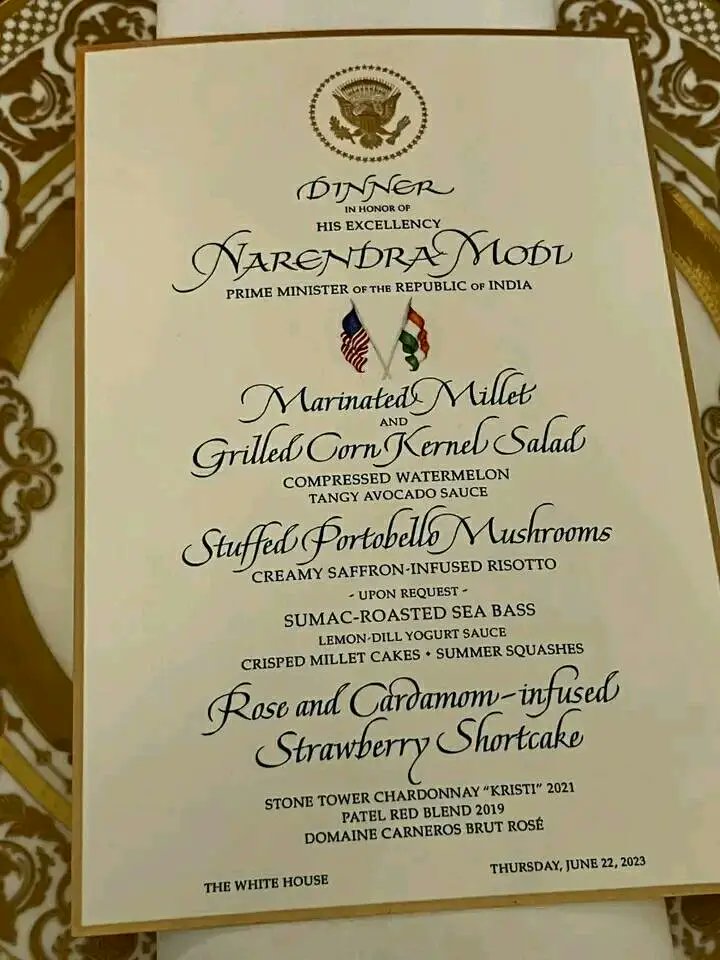
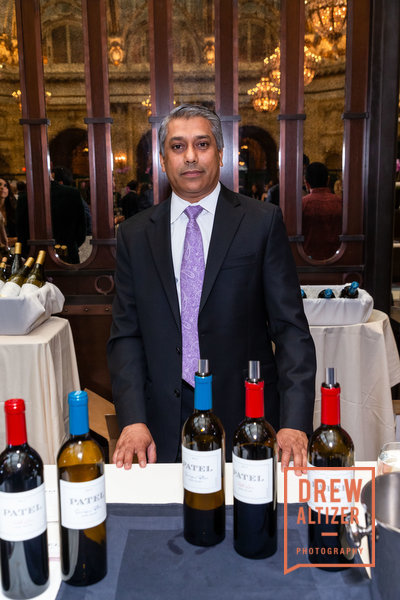



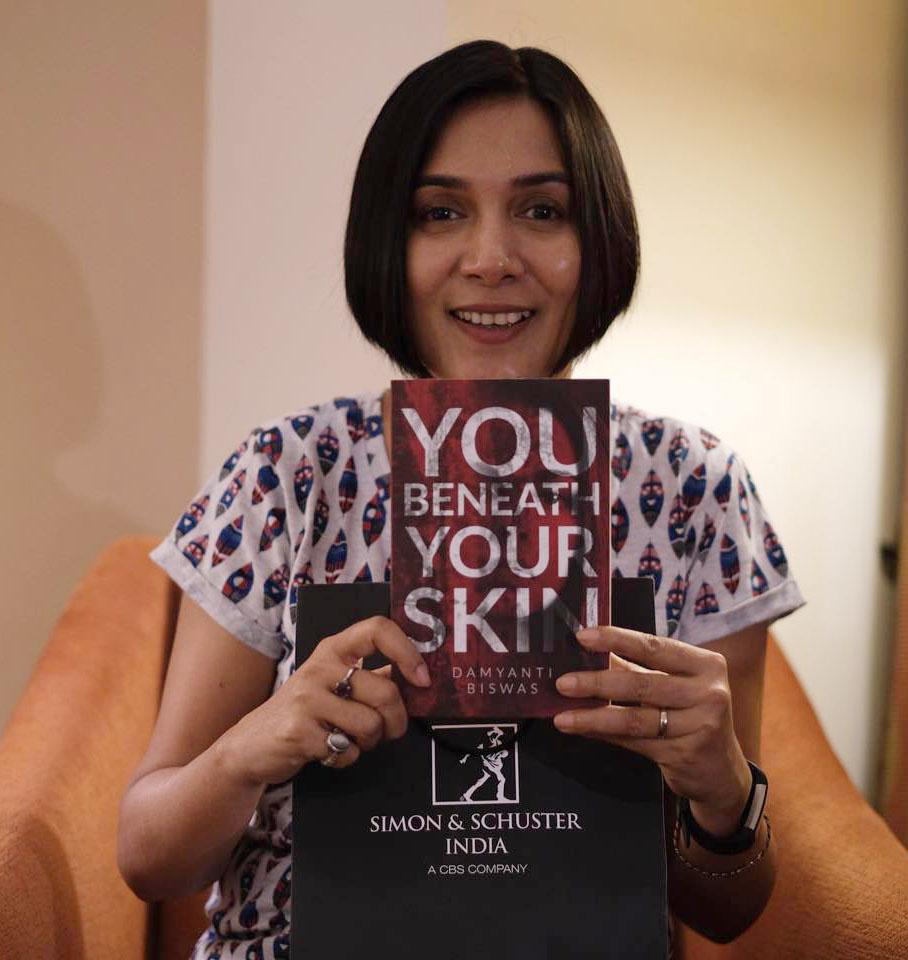
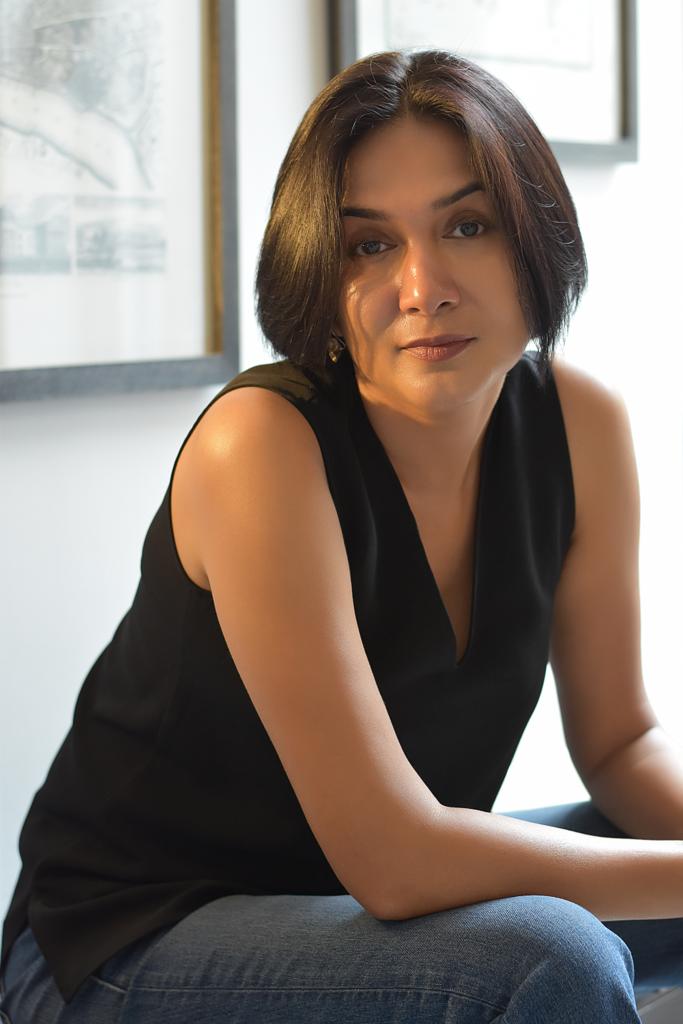

 Dev Raturi[/caption]
Dev Raturi[/caption]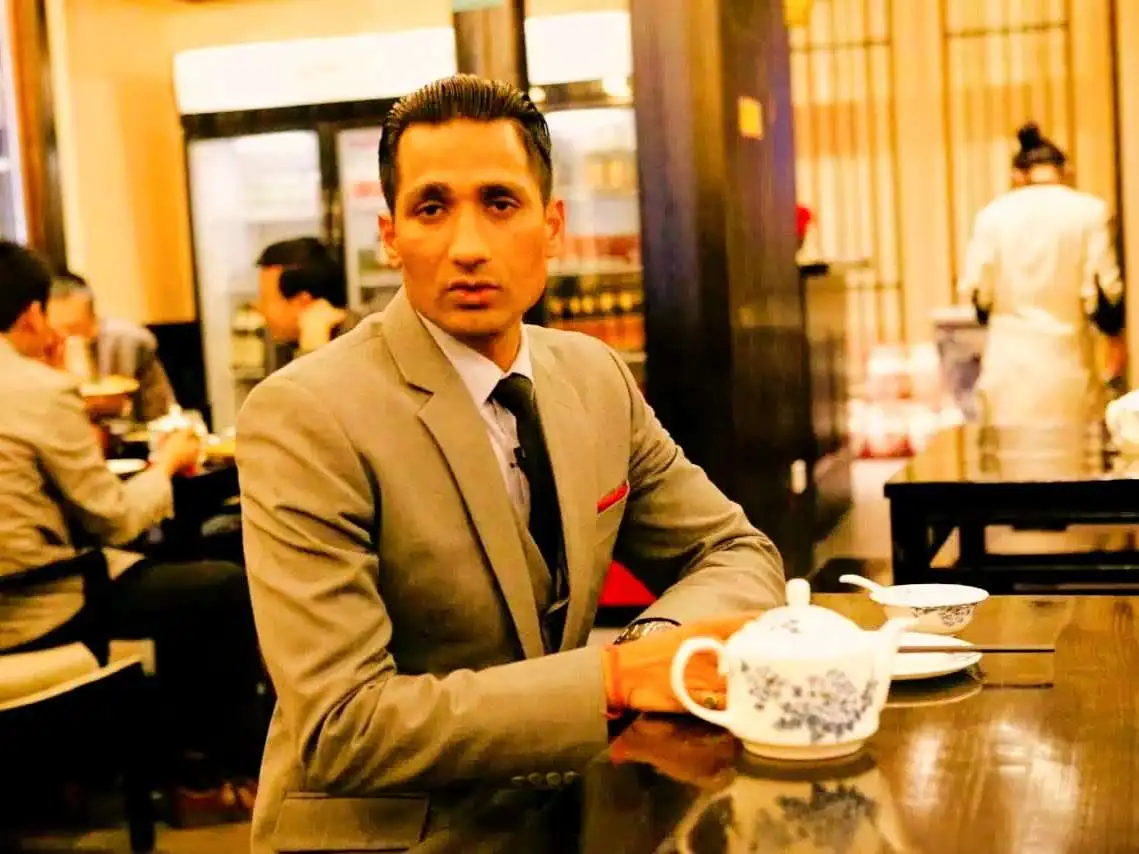 A still from a Dev Raturi film[/caption]
A still from a Dev Raturi film[/caption]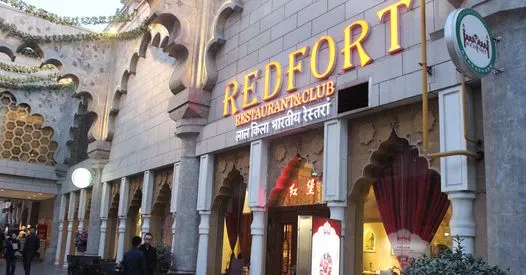 Red Fort, the Indian restaurant in China owned by Dev Raturi[/caption]
Red Fort, the Indian restaurant in China owned by Dev Raturi[/caption]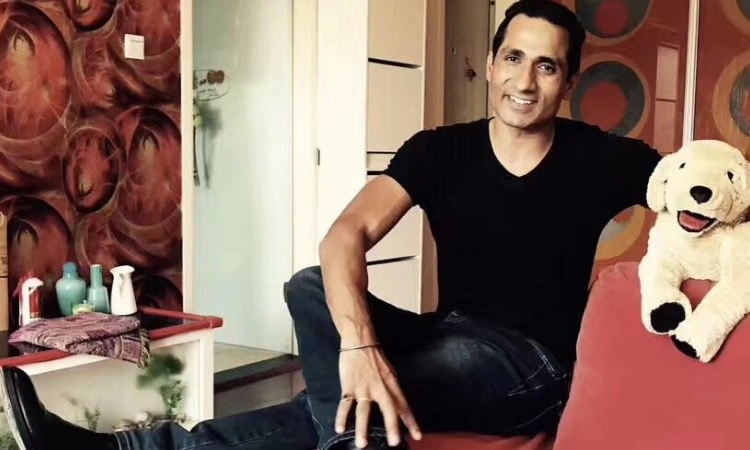


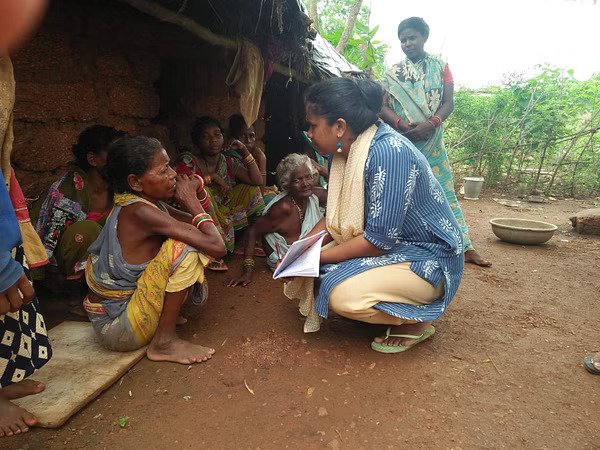 Archana conducting evidence-based research on Forest Rights Act, 2006 at Ambapadia village, Odisha[/caption]
Archana conducting evidence-based research on Forest Rights Act, 2006 at Ambapadia village, Odisha[/caption]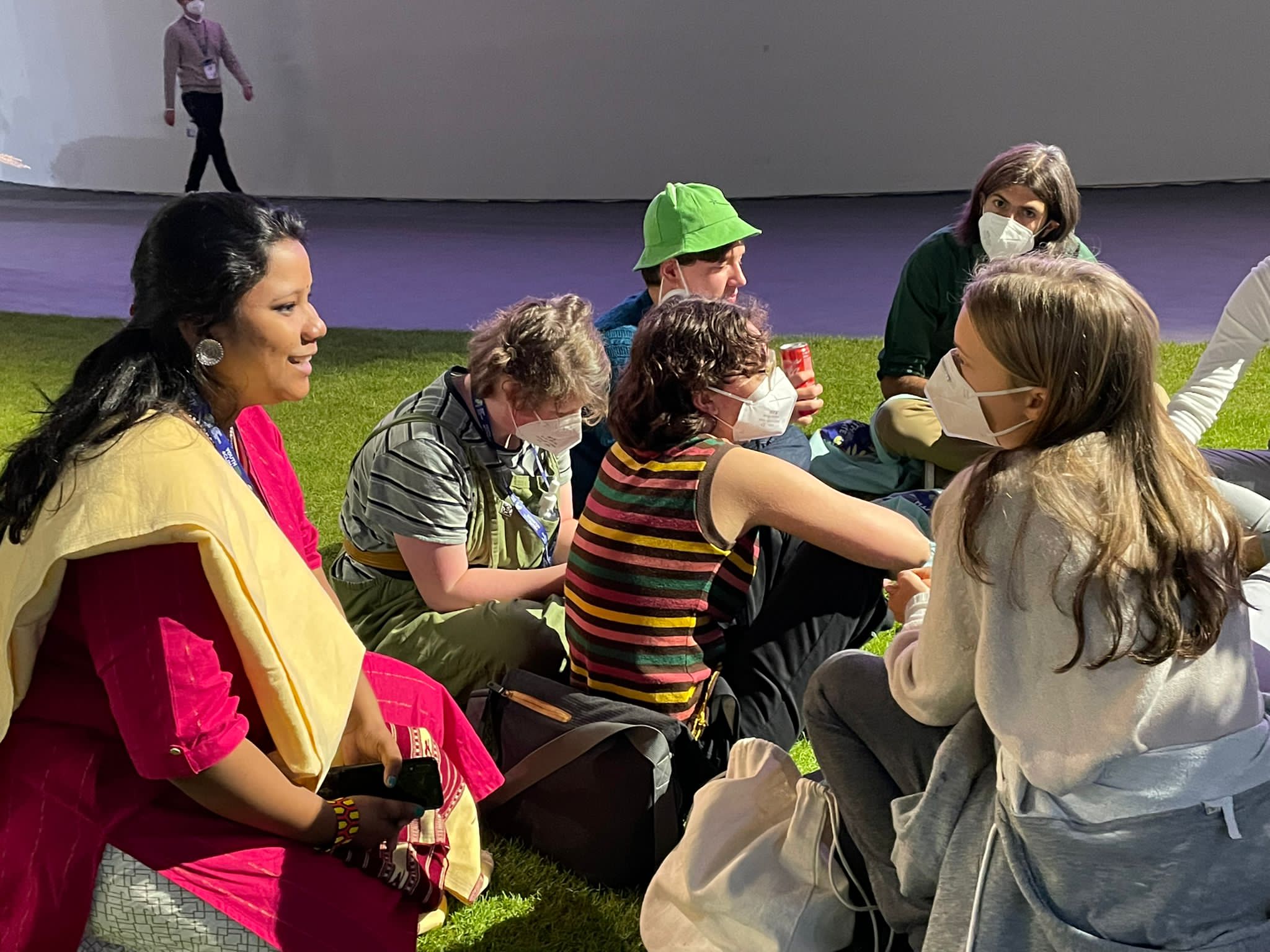 Archana interacting with Greta Thunberg during COP 14 UN Convention[/caption]
Archana interacting with Greta Thunberg during COP 14 UN Convention[/caption]
This article is a remarkable demonstration of your expertise and professionalism. The extensive research is evident, and the clear, well-organized presentation makes complex ideas accessible. Your ability to distill intricate concepts into a coherent and engaging narrative is impressive. This post not only informs but also enriches the reader’s understanding, setting a high standard for professional content in the field.